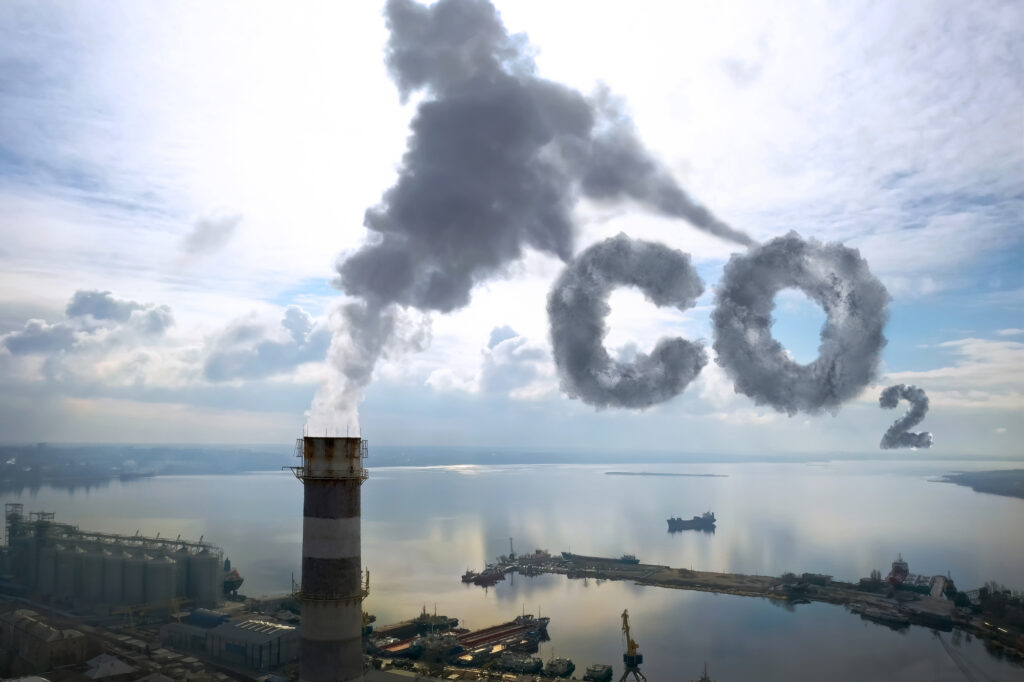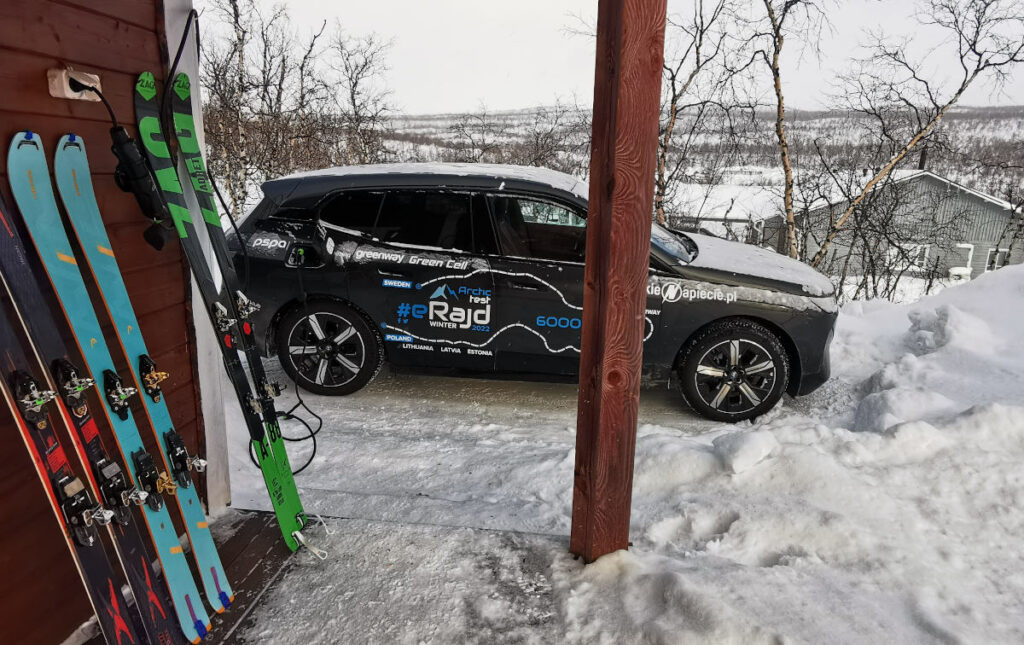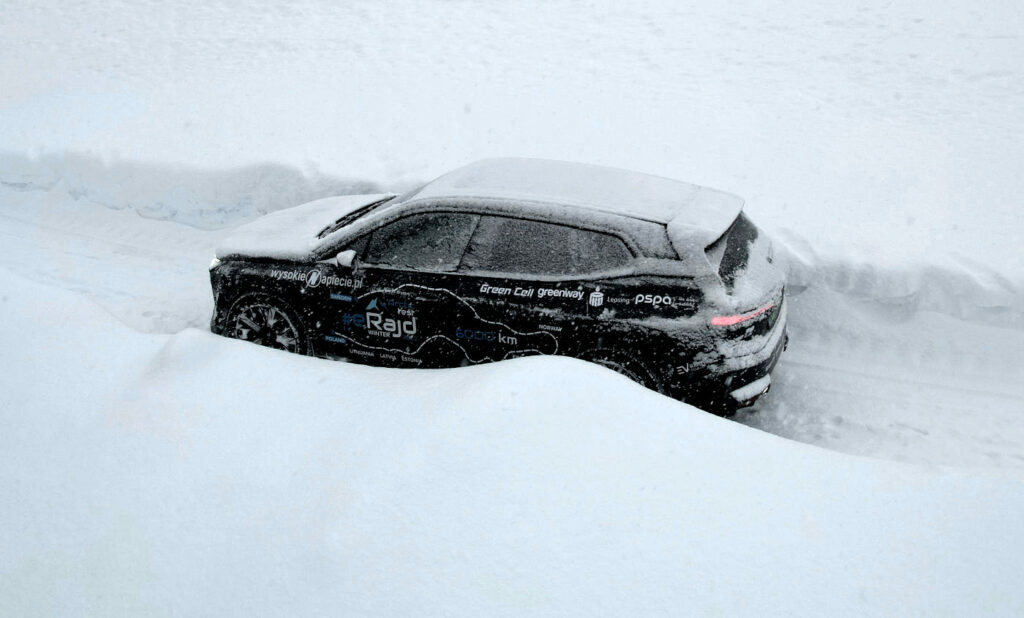Spis treści
If someone hoped for an intervention of the European Commission, they may give up hope. The European Commissioner for Climate Action and the Vice-President of the European Commission, Frans Timmermans, at the conference of the European University Institute on 7 May, stated that a high price is needed to achieve the EU’s climate goals. – This is a market, so it’s hard to say the price is too high or too low, Timmermans explained. – And the market provides for EU legislative proposals – he added. Probably in July, the European Commission will announce new proposals to revise the ETS directive, helping to achieve a new 55% CO2 reduction target by 2030.
In theory, the European Commission could use the so-called stabilization reserve mechanism to release more allowances onto the market, knocking their price down. It would work more or less like a “money creating” central bank. Up until a few months ago, EU officials announced such mechanisms to limit “speculation”. But after the declaration of the vice-president of the European Commission himself, it seems that the intervention is unlikely.
The worse for carbon, the better
EUR 50 per tonne of CO2 “kills” not only coal, but also puts a huge question mark on investment in new gas sources.
This way, the European Commission wants to encourage investment in zero-emission technologies. According to WysokieNapiecie.pl, not all Brussels officials are so enthusiastic about high prices. The discussion showed that, according to the Commission’s projections, EUR 50 was supposed to be as late as in 2030, and such a rapid increase in prices creates enormous uncertainty for those who want to invest – not only for large coal-fired or gas-fired power generation plants (hardly anyone cares about these sources in Brussels), but above all for industry. It benefits from free allocation of emission allowances, but their number is decreasing.
A climate border tax (the so-called CBAM), which is to level out the playing field between European industry and its global competitors, will come into force in two years at the earliest, if it can be introduced at all. In Brussels, however, the prevailing view is that the worse for fossil fuels, the better. The arguments of the energy-intensive industry did not break through, especially as it is currently taking advantage of the good economic situation, especially the demand for steel. ArcelorMittal Europe, which is the largest steel producer in the EU, recorded double profit in the first quarter of 2021 compared to January-March 2019, that is before the pandemic. But the boom won’t last forever.
Small is beautiful because it is not systemic
Poles are experts in complaining about the ETS, which “destroys coal-fired energy”, but complaining does not move us forward. There are numerous arguments in favour of the thesis that the ETS would be better if there was a price corridor, the so-called cap and floor. Market participants would know that the price will not rise above a certain level, but neither will it fall. That would provide greater certainty to companies, calm the market, just as the “currency snake” regulates monetary stability of the countries entering the eurozone.
But for the time being, such a solution is not expected, although Poland should talk about it. As you can see, ranting about speculators in Brussels does not work.
The European Commission believes that ETS is the most important tool for reducing CO2 emissions, and it is true. But energy production plants can avoid it – all you need to do is build units smaller than 20 MW. We have written here about Polish heating companies who reduce the power of their units to exit the system.
Of course, Brussels may try to close this option, e.g. by lowering the threshold of 20 MW, but for the time being there are no such ideas, and it will not be easy to implement them in EU legislation.
Small gas-fired units will grow like mushrooms, not only in Poland, because they will be needed for many years to come as a support for renewable sources.
Germany is building a reserve
Because in the time of Kalte Dunkelflaute, i.e. a period of windless winter frost, conventional units are needed.
German transmission network operators announce tenders for power plants stabilizing the system as part of the so-called power reserve. The power plants created as a result of these tenders cannot earn on the market – they only work when requested by the operators. For example, as the nuclear power plant is being shut down in Biblis in Hesse, RWE is building a gas-fired grid reserve plant – 11 gas turbines, 34 MW each, assembled from ready-made elements within two weeks. The reserve in Germany already amounts to 2 GW.
What prevents state energy companies from building small units today? One of the state-owned company managers told us with disarming frankness: – Of course we could replace a large coal-fired CHP plant in one of the cities with a dozen or so small gas-fired units. There were even analyses. But these small units are virtually self-operating – just a few people would do. Well, making several hundred people in the coal industry redundant would create a serious political problem.
We can already observe “small private units crowd out large state-owned companies” in the case of CHP plants in several cities. In the coming years, PSE will probably follow in the footsteps of the Germans and announce tenders for the reserve capacity. Of course, this will speed up the end of coal-fired power plants, but it does not mean that our energy groups will benefit from it. Falling into the trap of politics is an increasingly stronger kiss of death for them.













